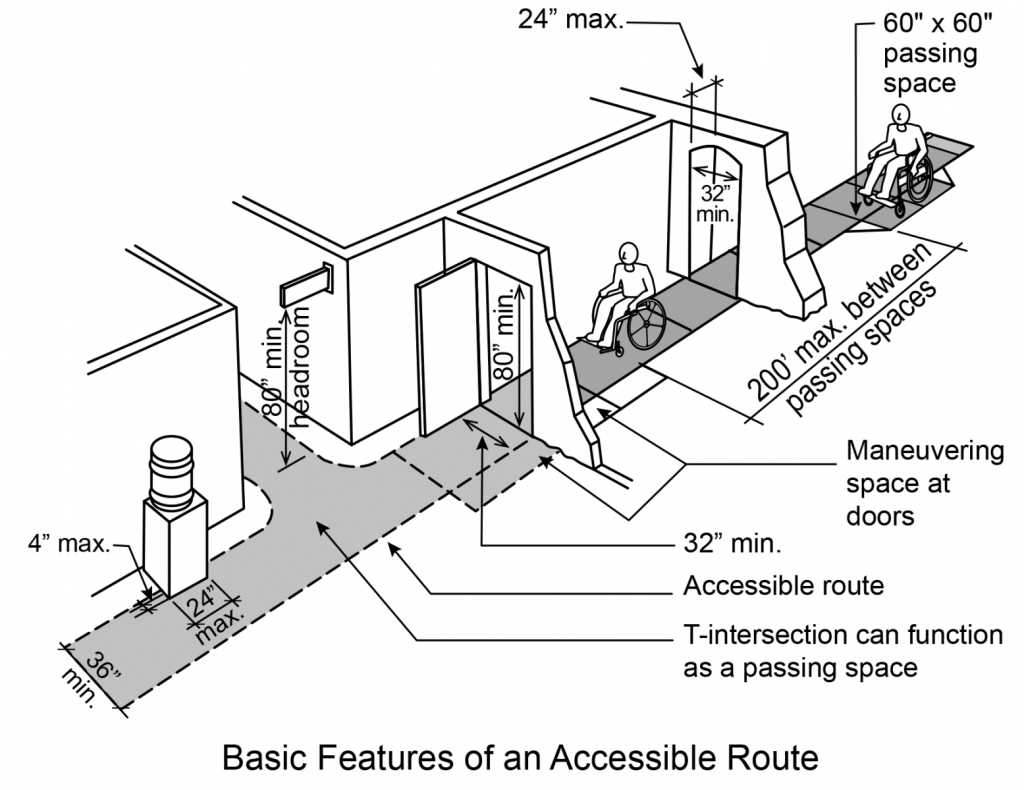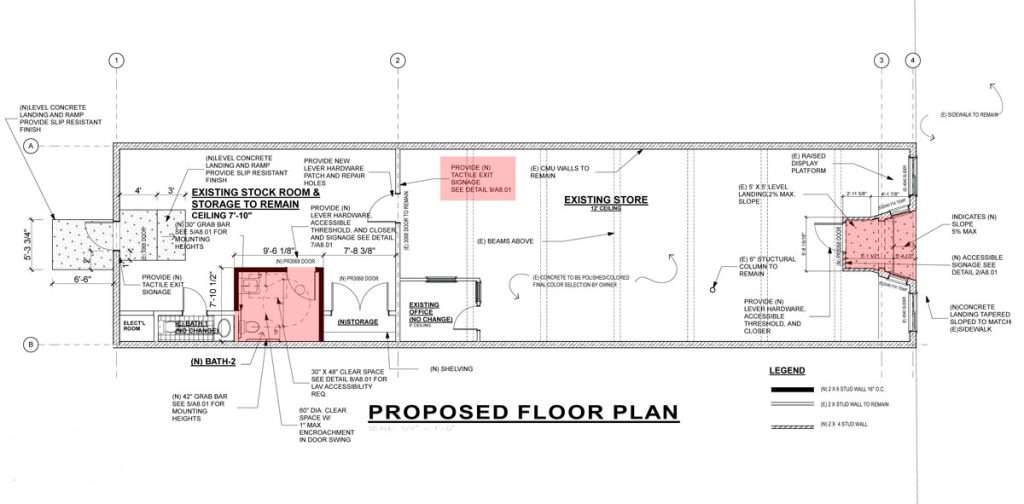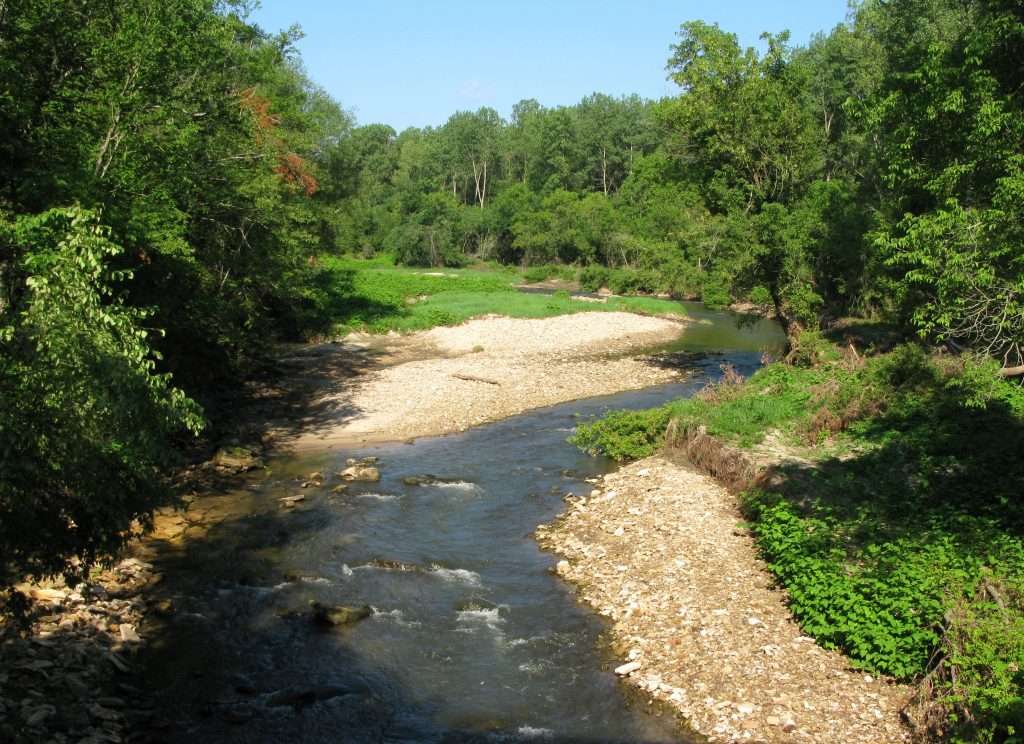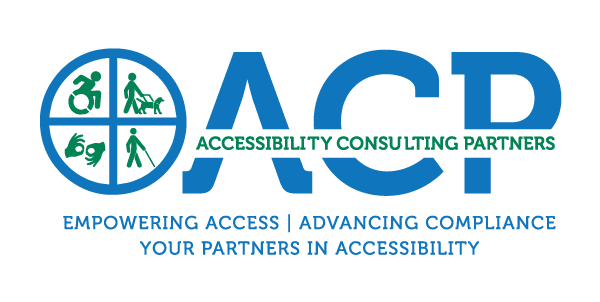Background:
Philip Williams’ journey into accessibility consulting is grounded in a foundation of liberal arts and architecture. With undergraduate studies in Liberal Arts and a Bachelor of Architecture degree from Iowa State University, Philip gained a deep understanding of how our environments shape human experiences. His liberal arts studies gave him insight into the social and cultural dynamics that influence people’s interactions with the built environment. At the same time, his architectural education provided the technical knowledge to envision those environments effectively.
Early in his career, Philip worked at the Rocky Mountain ADA Center, where he developed a thorough understanding of the Americans with Disabilities Act (ADA) and how its implementation impacts the daily lives of individuals with disabilities. Through this experience, Philip learned that accessibility isn’t just about making spaces functional; it’s about making them inclusive for all, addressing barriers many people don’t see. This realization deepened his commitment to ensuring that every space is designed to accommodate everyone.
He also worked for a well-respected ADA consulting firm, where he further honed his skills in accessibility compliance and consulting. These early career experiences built a strong foundation for his work today, ensuring that every project he touches is aligned with accessibility standards and designed with empathy.
Expertise:

Philip’s expertise encompasses a wide range of accessibility areas. He has conducted ADA site and facility assessments for both Title II (public) and Title III (private) entities, allowing him to address the unique needs of both public spaces and private businesses. His ability to view spaces holistically—from architectural and accessibility perspectives—gives him the insight to spot potential barriers and offer practical solutions.
His work in multifamily housing plan reviews and assessments under the Fair Housing Act ensures that residential developments comply with necessary accessibility standards. Philip’s meticulous attention to detail ensures that these housing developments are legally compliant and welcoming to all residents.
In addition, Philip specializes in ADA Self-Evaluations and Transition Plans, helping public entities assess their programs, policies, and procedures to ensure compliance with the ADA. His focus goes beyond the physical design of spaces, ensuring that public entities create accessible communities by addressing the administrative and procedural elements of accessibility.
One of Philip’s key strengths is his ability to review construction plans before a project begins, identifying potential ADA barriers early in the design phase. His expertise helps prevent costly revisions and ensures that projects are built to comply with ADA standards from the start.

Personal Note:
Accessibility is often taken for granted by those who don’t face daily challenges. Many people have asked me, ‘Why does ADA compliance matter?’ My answer is always, ‘It doesn’t matter to you because you can see, hear, walk, and move easily—but for others, these tasks can be a barrier to fully engaging in the world.’ Understanding the purpose behind the ADA is crucial for anyone working in accessibility.
My time at the Rocky Mountain ADA Center helped me realize how layered accessibility is. It’s not just about physical spaces but about understanding how people experience them. This is why I’m passionate about my work at Accessibility Consulting Partners, Inc. At ACP, we go beyond compliance; we’re focused on creating welcoming and functional environments for everyone. Being part of this team allows me to channel both my architectural training and my empathy into each project, ensuring that the spaces we design help break down barriers, not create them.
Fun Fact:

Growing up in a small Midwestern community, Philip’s childhood was filled with exploration and adventure. Alongside his siblings, he spent endless days at “the creek,” building forts, fishing, and letting his imagination run wild. Reflecting on those experiences, Philip profoundly appreciates the role of one’s environment in shaping life experiences. Today, his goal is to ensure that everyone, regardless of ability, has the same opportunities to explore, engage, and enjoy their surroundings.
These early experiences shaped Philip’s commitment to making spaces accessible for all. His personal connection to the environment continues to drive his passion for accessibility today. Through his work at ACP, Philip combines his love for design with his desire to make the world more inclusive.

